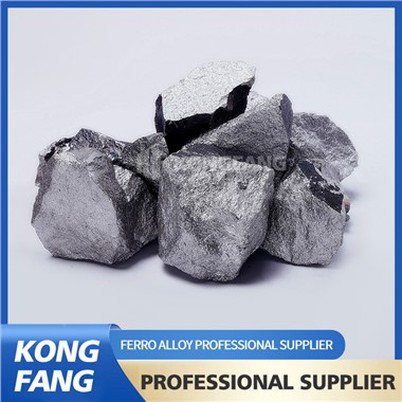Application Fields Of Manganese Metal
Leave a message
Manganese steel has a very peculiar and interesting temper: if 2.5-3.5% manganese is added to the steel, the resulting low manganese steel is almost brittle like glass, and can easily break at a single blow. However, if more than 13% manganese is added to make high manganese steel, it becomes both hard and resilient. When high manganese steel is heated to a light orange color, it becomes very soft and easy to carry out various processing. Additionally, it has no magnetism and will not be attracted by magnets. Nowadays, manganese steel is widely used to manufacture frequently worn components such as steel mills, ball bearings, bulldozer and excavator buckets, as well as iron manganese manganese rails, bridges, etc. The roof of the newly built cultural square auditorium in Shanghai adopts a novel grid structure, welded with thousands of manganese steel pipes. In the fan-shaped hall, which is 76 meters vertically and 138 meters horizontally, there is no pillar in the middle. Due to the use of manganese steel as a structural material, it is very sturdy and uses less material than other types of steel, with an average roof area of only 45 kilograms of manganese steel per square meter. The Shanghai Gymnasium, built in 1973 (accommodating 18000 people), also uses manganese steel as the structural material for the grid roof. In the military, high manganese steel is used to manufacture steel helmets, tank armor, and armor piercing bullets. When refining manganese steel, it is made by mixing and smelting soft tin ore with iron ore containing up to 60-70% manganese.
auxiliary
Manganese is residual in steel after deoxidation with manganese iron during steelmaking. Manganese has excellent deoxygenation ability, which can reduce FeO in steel to iron and improve the quality of steel; It can also form MnS with sulfur, thus reducing the adverse effect of sulfur. Reducing the brittleness of steel and improving the hot working property of steel; Manganese can be mostly dissolved in ferrite to form replacement solid solution, which can strengthen ferrite and improve the strength and hardness of steel. Manganese is a beneficial element in steel.
diet
Manganese is one of the essential trace elements in the normal body, and it constitutes several enzymes with important physiological effects. It is normal to consume 3-9mg of manganese from food every day.
Manganese is a component of several enzyme systems, including manganese specific glycosyltransferase and phosphoenolpyruvate carboxylation kinase, and is essential for normal bone structure. Their intake varies greatly, mainly depending on whether they consume rich foods such as unrefined grains, green leafy vegetables, and tea. The usual intake of this trace element is 2-5mg per day, with an absorption rate of 5-10%.
A person with manganese deficiency has reported one case: a person who consumed a purified diet containing 0.1mg of manganese per day developed transient dermatitis, hypocholesterolemia, and increased alkaline phosphatase levels. He lost about 60% of his estimated manganese pool within 2 weeks, but did not further lose it during the other 4 weeks of dietary deprivation. Manganese deficiency has been documented in clinical literature.
Manganese poisoning is usually limited to people mining and refining ores, and long-term exposure to manganese can cause neurological symptoms similar to Parkinson's syndrome or Wilson's disease.



